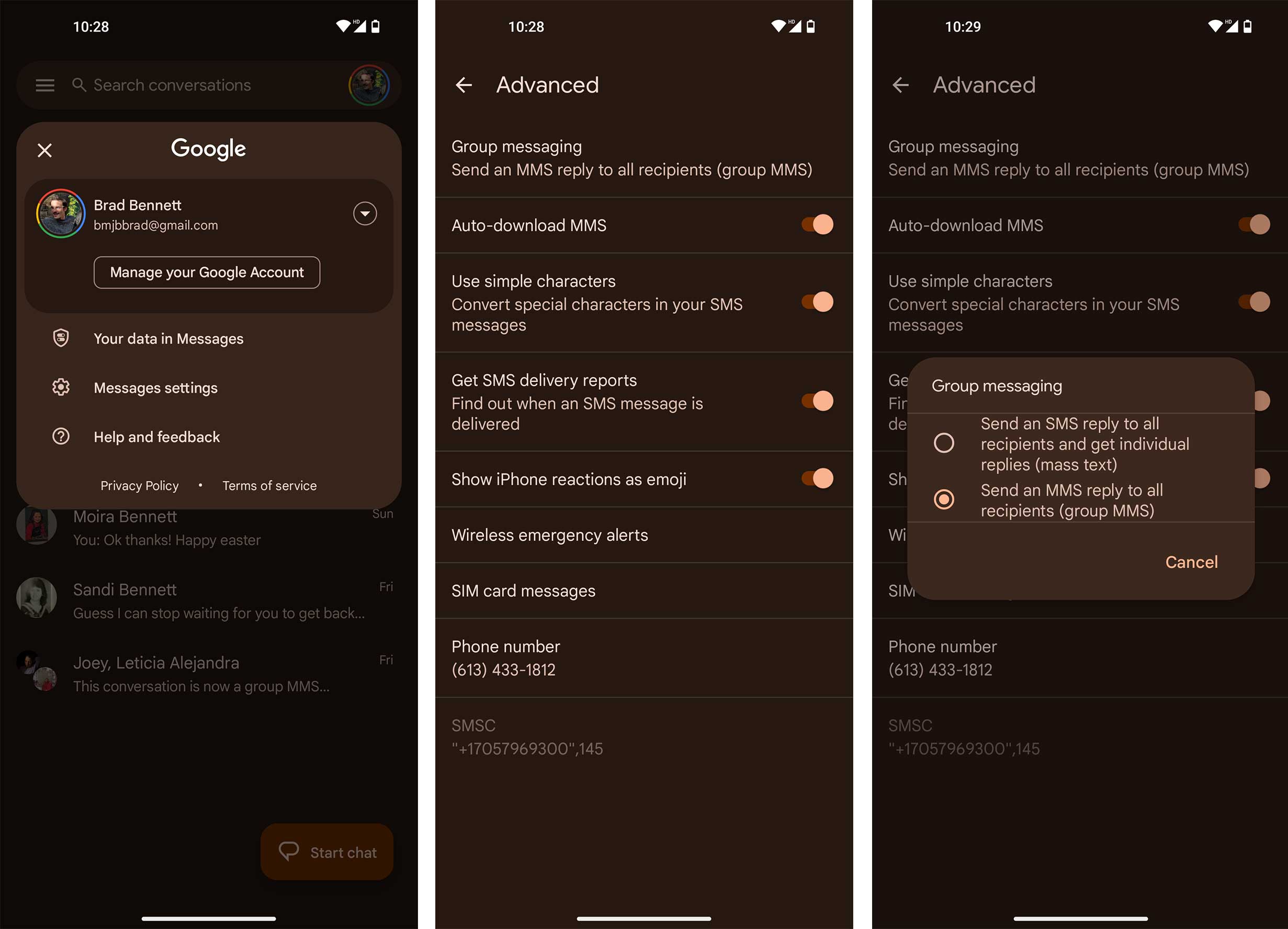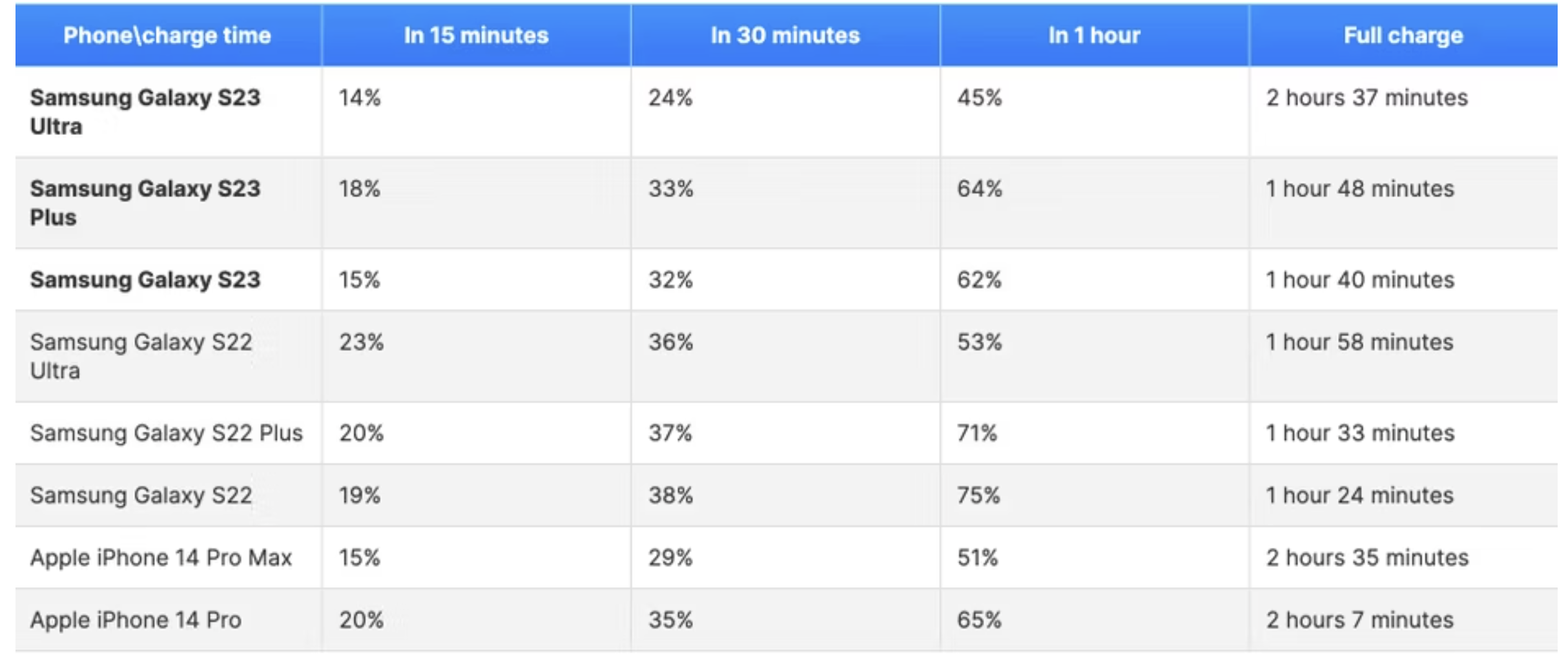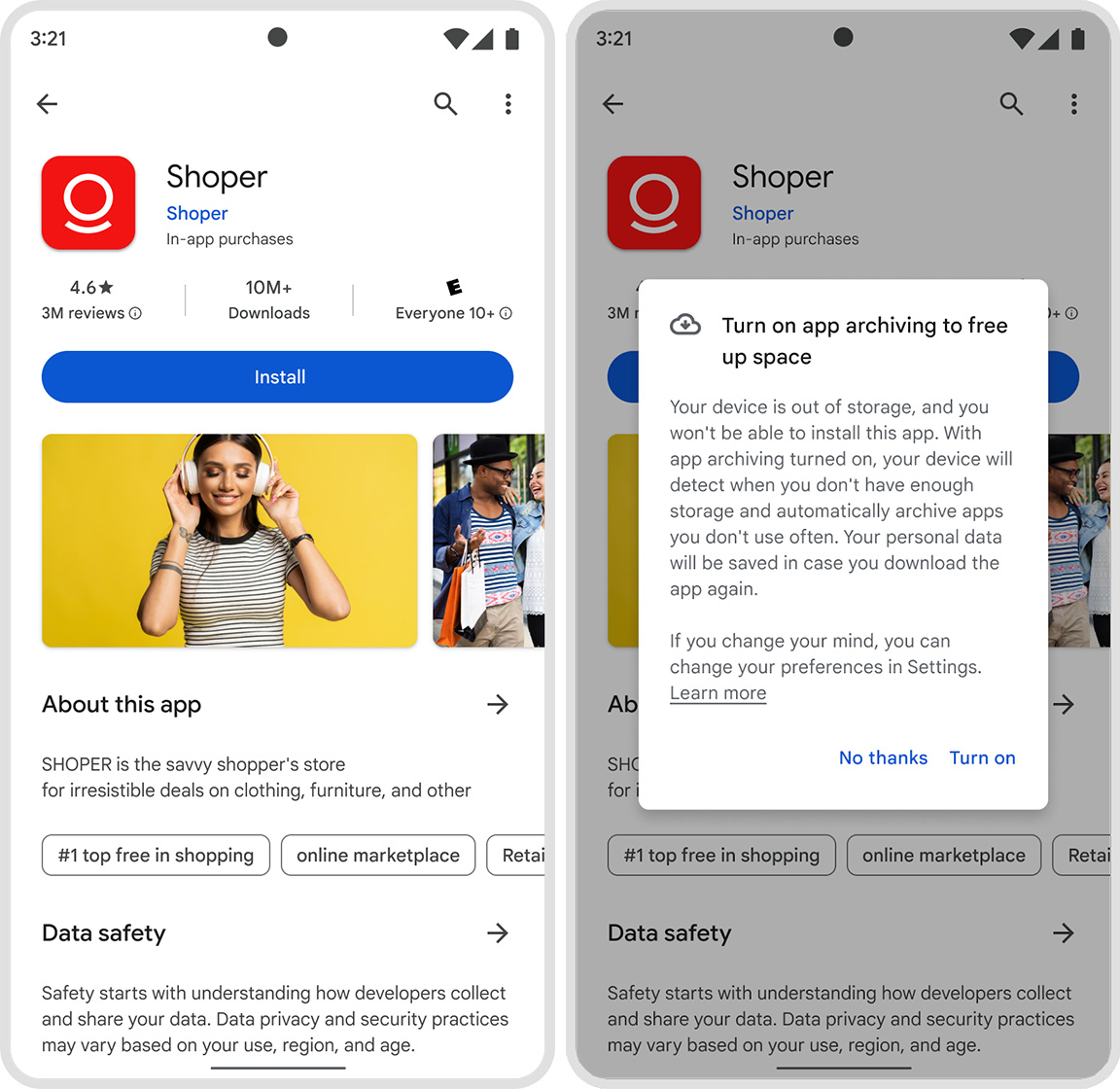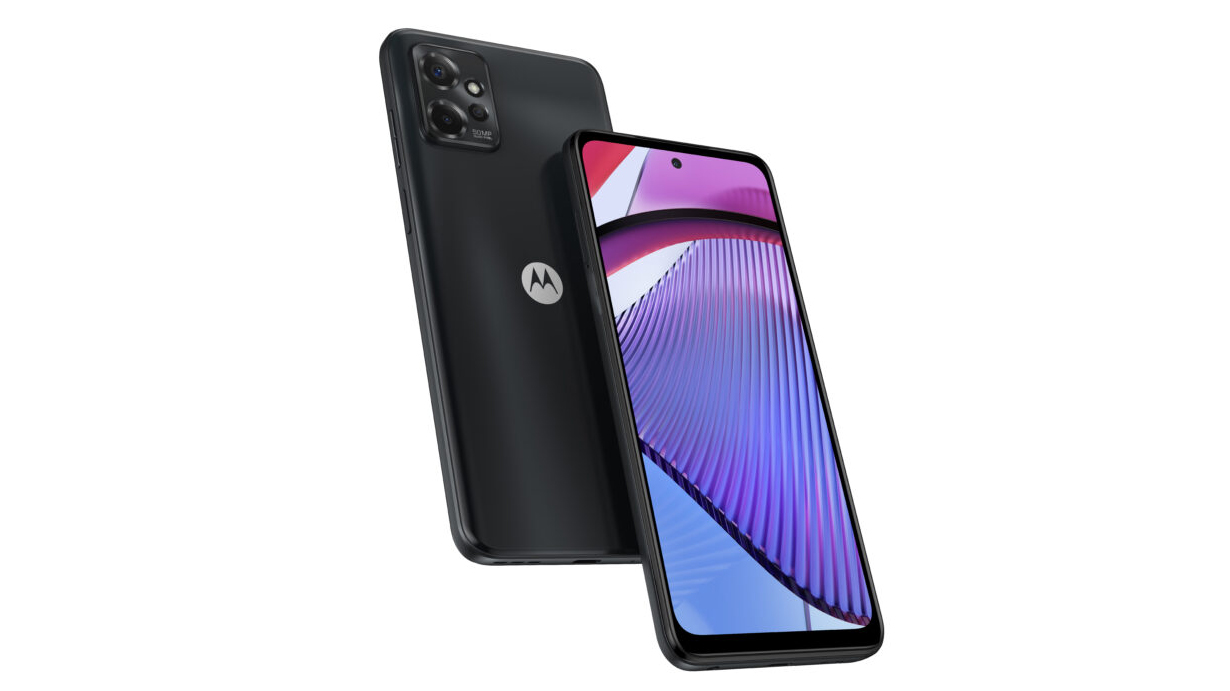If you do a lot of Bluetooth calling, you might be aware of just how mediocre your call audio sounds to the person on the receiving end. However, that may soon be a thing of the past — Android could soon gain support for a wider frequency band, boosting the quality of hands-free devices.
Android expert Mishaal Rahman, with a hat tip to Luca Stefani, highlighted a recent patch to the Android Open Source Project (AOSP) that implements features connected to Super Wideband (SWB) Speech as outlined in version 1.9 of Bluetooth’s Hands Free Profile (HFP).
Google is preparing to add “Super Wideband” (SWB) Speech support to Android's Bluetooth stack which (I assume) enables even higher-quality voice transmission over the Bluetooth Hands-Free Profile (HFP)!
H/T @luca020400 pic.twitter.com/PJPTUrlUZi
— Mishaal Rahman (@MishaalRahman) April 14, 2023
In other words, Android will support a wider range of frequencies reproduced through hands-free devices. Currently, Android uses HFP version 1.8 with wideband support, covering frequencies from 50Hz to 7kHz (called HD Voice). SWB would support 50Hz to 14kHz through the LC3 codec, falling just short of ‘fullband’ reproduction at 20Hz to 20kHz.
Of course, it’s worth keeping in mind that HFP 1.9 hasn’t officially been adopted yet and remains a work in progress. Still, it looks like the way is paved to better Bluetooth call quality. All that remains is how long it will take to hit Android devices, which will likely depend on device manufacturers.
Source: Mishaal Rahman Via: Android Police













